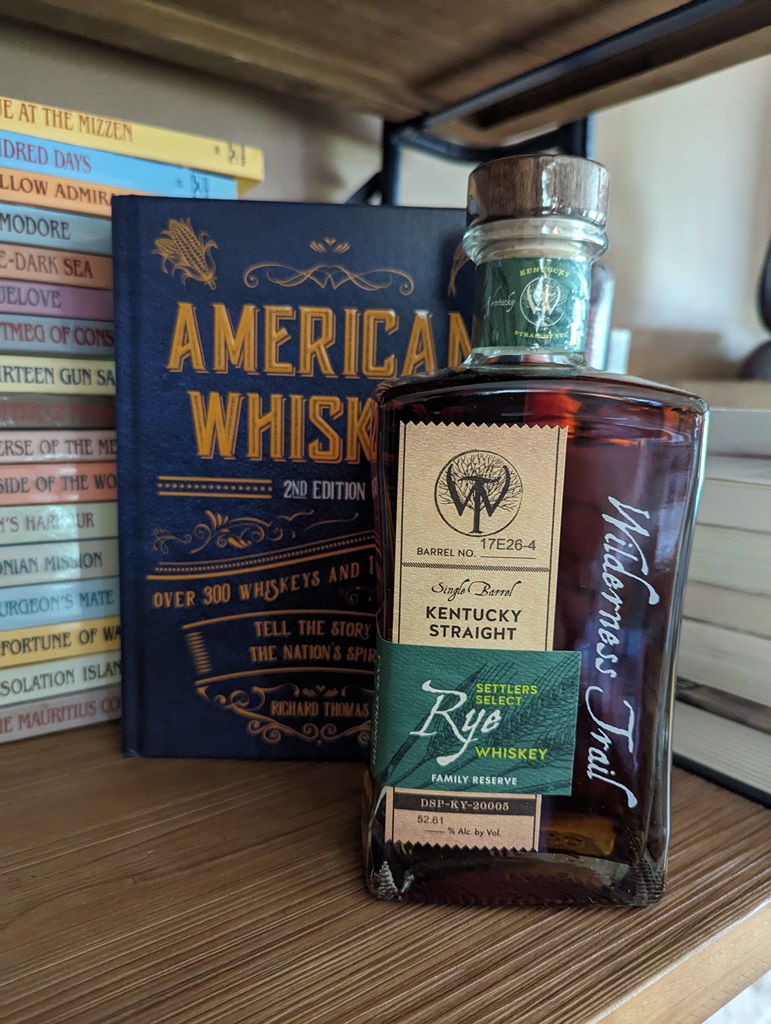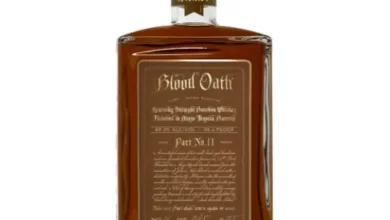The New Oak Barrel Shortage
By Richard Thomas
The “Great American Whiskey Shortage” isn’t actually a new story, since versions of it have been circulating in the mainstream press for at least the last few years. Yet insofar as the details of that story goes, the “Barrel Shortage” is definitely a new wrinkle. New oak barrels are a cornerstone of American whiskey-making, and that they are in short supply this year is a plain fact.
Just how short that supply is and whether they will remain so in future years, however, is another matter. Many doom and gloom tales of the barrel shortage imply how the limited barrel supply is imposing a production cap on the American whiskey as a whole, which in turn will deepen the whiskey shortage in the future. Yet as with so much else in the global whiskey shortage storyline, that yellow telling gets thin upon close examination.
Acorns of the Shortage
Many sources point to massively surging whiskey production and a bad, wet winter last year as the two causes of the barrel shortage. While those factors are real, the main cause runs deeper. Like so many other ailments in the United States nowadays, the seeds of the barrel shortage starts with the housing boom and bust of the previous decade.
When the housing market imploded in 2007-08, demand for the lumber used to build new homes plummeted,* so the logging industry contracted in tandem with new home construction. Several years later and demand for American timber, including oak, has suddenly jumped due to demand from multiple sources. In addition to whiskey barrel coopering, domestic housing is back, and the Europeans and Chinese are hungry for American timber as well. In a story that ought to be familiar to whiskey fans by now, all that demand has left loggers in particular struggling to catch up.
How Bad Are You Hurting?
Sources report the cost of a standard 53-gallon barrel having increased by as much as 40%, and the resale price of a used bourbon barrel has gone up by 50%. The smaller barrels used by most craft distilleries in America have seen even steeper price increases, sometimes costing twice as much as their 53-gallon counterparts.
As expensive as that is, many small and medium-sized outfits are saying they can’t get enough barrels even at those prices. Mark Coffman of Town Branch Distillery in Lexington, Kentucky described new oak barrels as “tight and hard to get,” and indicated that while he has been able to maintain a stable supply, the shortage has put a stop to plans to increase production.
“The barrel shortage is definitely real,” says Paul Hletko of Few Spirits in Evanston, Illinois. While Hletko has had no difficulty in securing his own supply of Minnesota new oak, he reports offers being made to buy his new oak barrels for double the money, which he declined. “That doesn’t happen without real shortage.”
At the same time, the big players in the American whiskey sector seem relatively unaffected. Both Wild Turkey and Heaven Hill told The Whiskey Reviewer that they were experiencing no production limitations as a result of the barrel shortage. “Because we are both such a big buyer of barrels,” says Larry Kass, Communications Director of Heaven Hill Distillery, “and therefore are very cognizant of supply chain, and because we use several different cooperages, barrel supply is not a constraint for us at present.”
Likewise, Jack Daniels, the top-selling American whiskey in the world, isn’t faced with a barrel shortage. Nor are they likely to be in the future, since parent company Brown-Forman is planning on opening a new cooperage in timber-rich Alabama to supplement their existing Louisville facility.
A Lasting Shortage?
The Barrel Shortage is real, but its effects are not as pernicious as some would make it seem, and won’t be as long-lasting as the overall supply crunch facing American whiskey. The big players accounting for an overwhelming majority of all American whiskey production have a solid supply of new oak, logging is expanding again, and even the worst predictions see an end to the tight barrel supply in two or three years. The barrel shortage is a case of the hiccups, not the flu.
Yet even when the new oak barrel shortage story comes to an end in the United States, its effects will continue to ripple through the world whisk(e)y business later on in the decade. Whisky-makers around the world are heavily dependent on ex-bourbon barrels for aging their products, and a two-year period of flat supply coupled to the aforementioned spike in resale prices should put a crimp in more than a few plans to expand production in Scotland and elsewhere.
* Sidenote: The housing market collapse is perhaps the only reason the ruins of the Old Taylor Distillery remain standing for renovation, since they were slotting for cannibalization to feed the demand for antique, recycled building materials.




good article